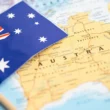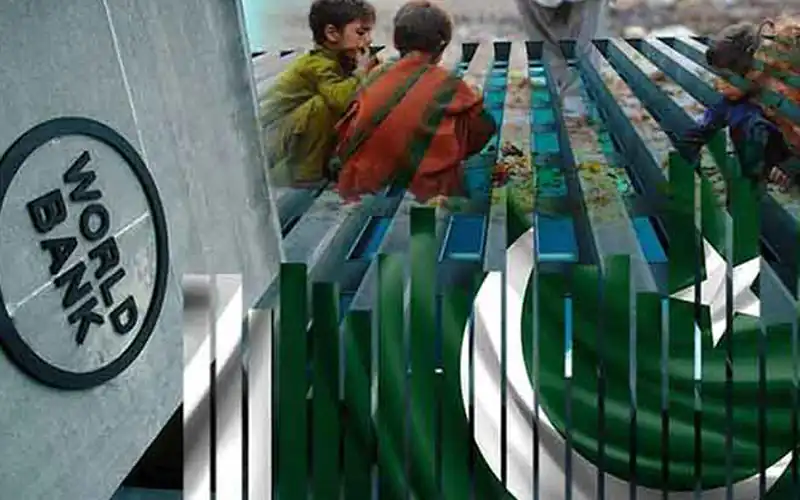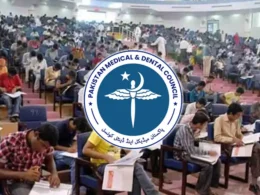A recent World Bank report reveals 44.7 percent of Pakistanis living below the poverty line, following an update to global poverty thresholds based on 2021 purchasing power parity data.
Pakistan, categorized as a lower-middle-income country, now has a poverty line of $4.20 per person per day, reflecting the income level below which nearly half of its population falls.
Additionally, the extreme poverty line has increased to $3.00 per day, which now applies to 16.5 percent of the population – up sharply from 4.9 percent under the earlier $2.15 benchmark.
The World Bank also applied the upper-middle-income threshold of $8.30/day, showing that 88.4 percent of Pakistanis live below that level, further highlighting widespread economic vulnerability.
These revised figures come from the World Bank’s Global Poverty June Update 2025, which aligns poverty assessments across countries using new data from the International Comparison Program.
World Bank Country Director Najy Benhassine clarified that these revisions do not suggest a decline in living standards, but rather reflect a more accurate global comparison with improved metrics.
He added that the update helps position Pakistan’s economic condition in a global context, encouraging continued efforts to reduce income vulnerability and improve overall resilience.
Despite this international adjustment, Pakistan’s national poverty line remains unchanged for local policy-making, continuing to guide domestic social protection programs and resource allocation.
The data used for this analysis, derived from the 2018-19 Household Income and Expenditure Survey (HIES), has not changed, ensuring consistency between national and global estimates.
The upcoming World Bank Poverty, Equity, and Resilience Assessment for Pakistan will offer more insights into long-term solutions aimed at improving living standards and economic inclusion.









